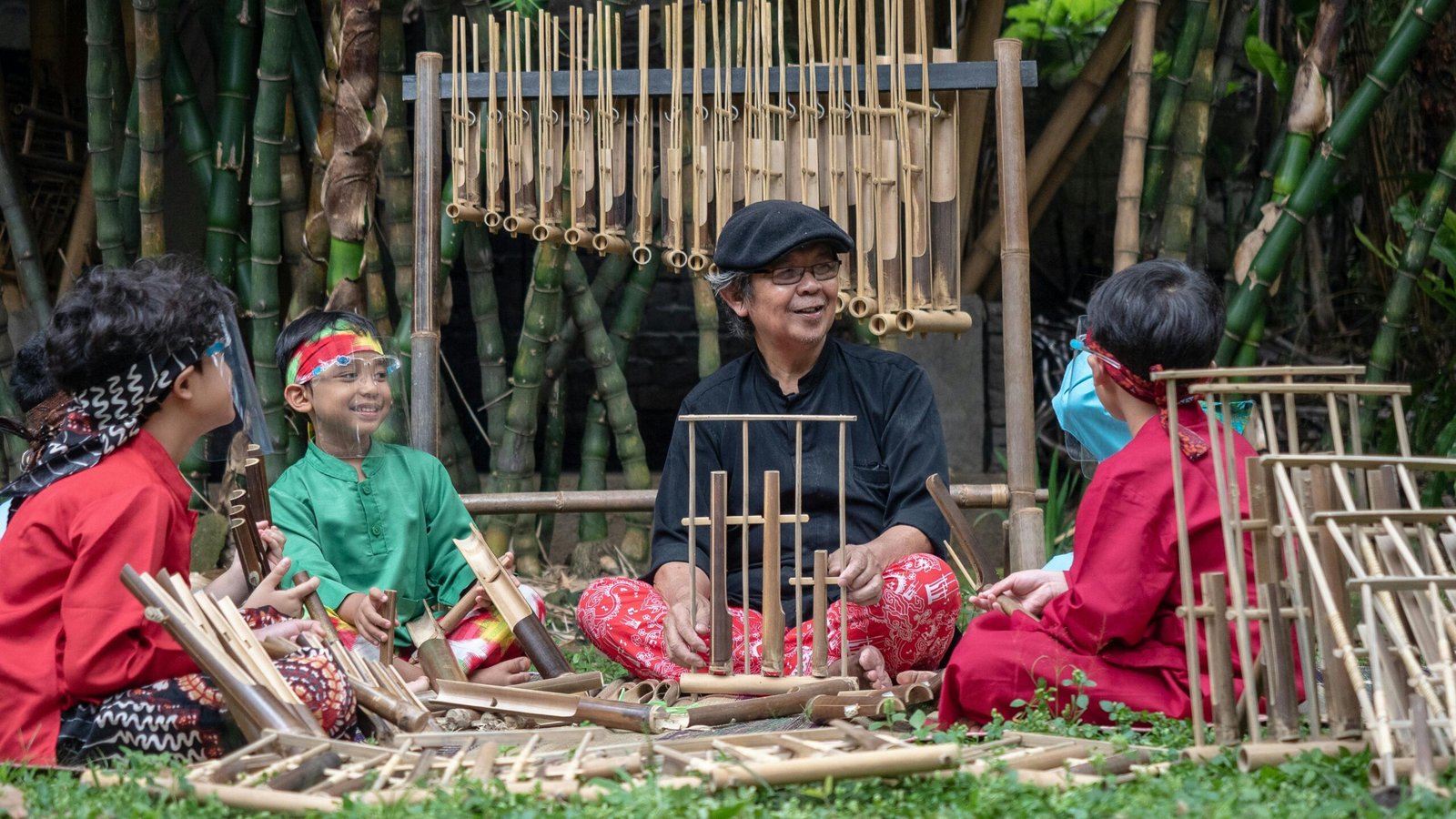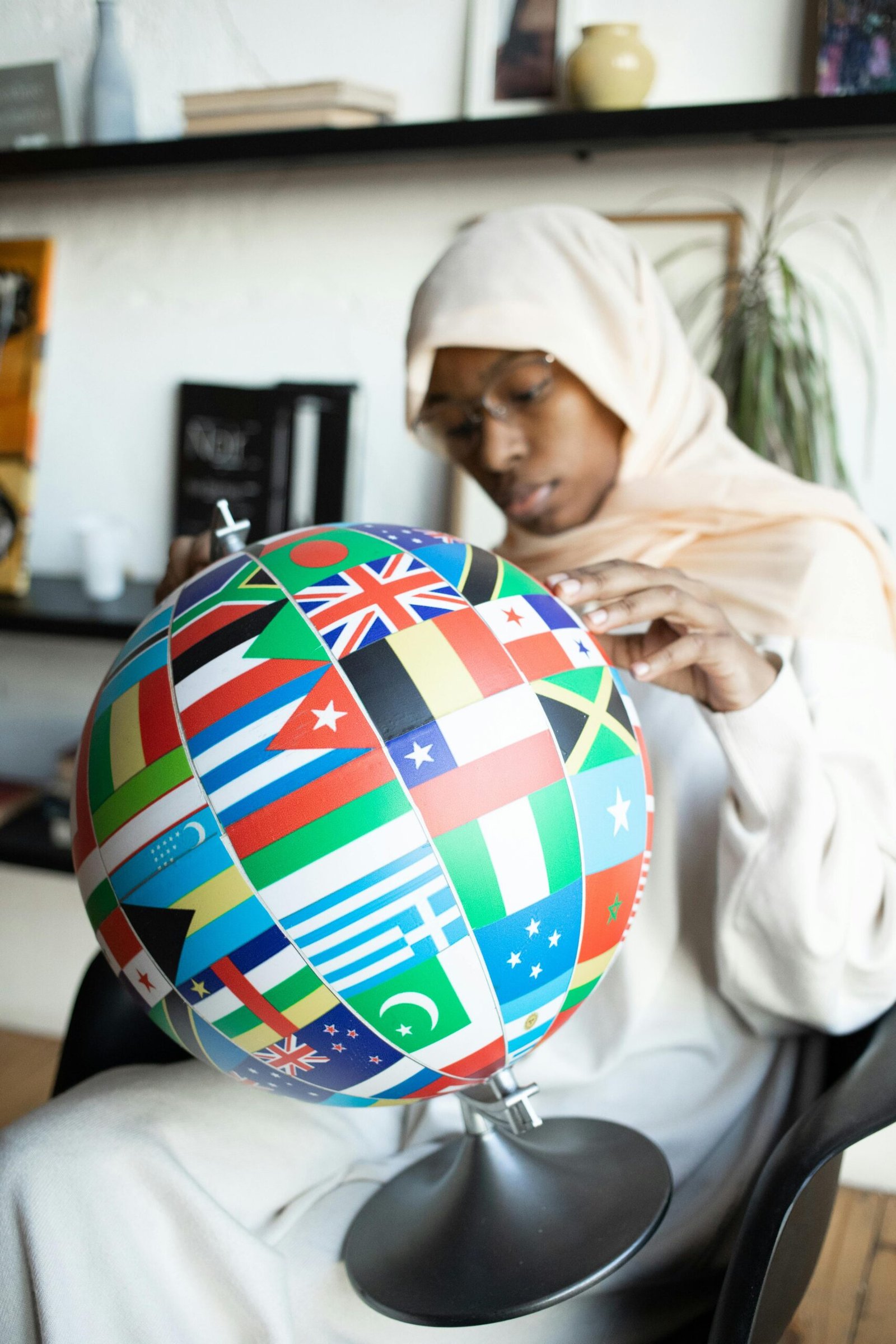
The Evolution of Cultural Diplomacy
Cultural diplomacy has evolved significantly over the years, transitioning from a tool of statecraft to a catalyst for global solidarity and cooperation. In the wake of colonialism, newly independent nations sought to assert their sovereignty and cultural identity on the world stage. Cultural diplomacy emerged as a means to showcase heritage, promote national pride, and foster dialogue among nations, breaking down barriers constructed by colonial powers.
Today, cultural diplomacy transcends mere assertion of dominance; it aims to create a shared sense of humanity and global citizenship. Through cultural exchanges, art exhibitions, and educational programs, it encourages appreciation for the world’s diverse cultures and recognition of the common values that unite us.
The role of non-state actors, such as NGOs, cultural institutions, and cities, has become increasingly prominent in cultural diplomacy. These entities offer more flexibility and can engage in initiatives that are inclusive and grassroots-oriented. Cities, in particular, have emerged as vibrant hubs of cultural exchange, forming networks and facilitating public diplomacy. Civil society actors, including NGOs and artists, drive cultural diplomacy initiatives rooted in peer-to-peer collaboration and exchange across borders.
However, as cultural diplomacy continues to evolve, it faces challenges. Issues of cultural appropriation, representation, and the balance between cultural promotion and political agendas remain concerns. Nevertheless, the opportunities it presents for fostering global understanding and peace are immense. By fostering dialogue and respect for cultural diversity, cultural diplomacy can play a crucial role in addressing global issues and building a more harmonious world.
Cities and Civil Society in Cultural Diplomacy: Shaping International Relations
The role of cities and civil society in cultural diplomacy is testament to the evolving nature of international relations. Cities, as vibrant hubs of cultural exchange, form networks and facilitate public diplomacy. They share best practices, encourage collaboration between international entities, and contribute to a more interconnected and culturally diverse global landscape.
Civil society actors, including NGOs, cultural foundations, and artists, have expanded the scope of cultural diplomacy beyond the traditional state-centric model. They drive initiatives rooted in peer-to-peer collaboration and exchange across borders, promoting quality of life, the arts, economic growth, and social cohesion.
Non-state actors such as multinational corporations and philanthropic foundations have also become significant players in cultural diplomacy. They undertake activities traditionally reserved for states, shaking up the diplomatic game and forcing states to take them into consideration.
While the involvement of cities and non-state actors offers numerous opportunities for fostering global understanding, it also presents challenges. Balancing cultural promotion with political agendas and ensuring genuine cultural representation are areas that require careful navigation.
In conclusion, the contributions of cities and civil society actors enrich the diplomatic landscape, offering new pathways for global engagement and understanding. As cultural diplomacy continues to adapt to the changing world, their roles will be crucial in building bridges for a more cohesive global community.
Cultural Diplomacy for Sustainable Development
Cultural diplomacy has become a pivotal strategy in addressing global challenges such as social cohesion, racism, and inequality. By promoting cultural distinctiveness and diversity, countries use cultural diplomacy to pave the way for cooperation and dialogue. Initiatives like artist mobility programs, museum exchanges, and language courses foster global citizenship and combat the homogenization of culture. Moreover, valuing cultural diversity leads to social inclusion and well-being through the arts and creativity, as well as cultural heritage.
Cultural Identity and Global Public Appeal
Nations leverage cultural diplomacy to construct a collective identity that resonates on a global scale. This involves critiquing and debating cultural identity in the context of globalization, ideologies, and the state. Cultural diplomacy allows nations to navigate the complexities of globalization, balancing universality with local diversity and ethnic identity. It provides a means for countries to assert their cultural narratives and values, enhancing their appeal to the global public.
Trust-Building through Cultural Diplomacy
Cultural diplomacy is a powerful tool for building trust among nations, essential for forging strong political, economic, and military agreements. Trust is the cornerstone of international relations and public diplomacy, enabling states to interact peacefully and productively.
Trust in international relations facilitates cooperation and collaboration, reducing conflicts and tensions arising from cultural misunderstandings. Cultural diplomacy initiatives, such as exchanges and educational programs, play a significant role in harmonizing relations between countries, fostering a better understanding of cultures, values, and perspectives. This, in turn, lays the groundwork for mutually beneficial agreements and alliances.
Local Actions, Global Effects: Bridging the Micro and Macro for Sustainable Futures
The intricate link between local cultural actions and global sustainability underscores the profound impact that seemingly small, community-based initiatives can have. The International Year of Global Understanding emphasized this connection, advocating for a new geographical worldview that recognizes the significance of local actions in addressing global challenges.
Local cultural practices are expressions of community identity and carry the potential for sustainable development. Understanding the global implications of these practices is crucial for societal transformation, guiding educational reforms and policy-making toward a more sustainable and equitable world.
Conclusion
In conclusion, cultural diplomacy serves as a powerful tool for building bridges and fostering global understanding. Through its evolution from statecraft to a means of promoting global solidarity, cultural diplomacy has demonstrated its ability to break down barriers, bridge divides, and create opportunities for dialogue and cooperation. With the involvement of cities, civil society actors, and non-state entities, cultural diplomacy has expanded its reach and impact, contributing to a more interconnected and culturally diverse world. By valuing cultural diversity and promoting mutual respect, cultural diplomacy paves the way for a more harmonious and inclusive global community.
Reference:
Boesen, I. (2020). Cultural Diplomacy for Sustainable Development: Cutting Edge, Standing Out, Reaching Out. UNESCO. Available at: [https://www.unesco.org/en/articles/cutting-edge-standing-out-reaching-out-cultural-diplomacy-sustainable-development]
Brachotte, G., De Bruycker, I., & Delpeut, P. (2021). Local Actions, Global Effects: Bridging the Micro and Macro for Sustainable Futures. Journal of Sustainable Innovation, 7(2), 23-31. Available at: [https://www.j-sustain.com/files/pub/file/2020/Vol%207%20no%202%202021/J-SustaiN_Vol7_No2_23-31-1.pdf]
International Year of Global Understanding. (2016). Building Bridges between Global Thinking and Local Actions. UNESCO. Available at: [https://www.researchgate.net/publication/310773501_2016_International_Year_of_Global_UnderstandingBuilding_Bridges_between_Global_Thinking_and_Local_Actions]
Kurbanoğlu, N. B. (2020). Cultural Diplomacy for Sustainable Development: Trust-Building through Cultural Diplomacy. Oxford Research Encyclopedia of International Studies. DOI: 10.1093/acrefore/9780190846626.013.543
Martin-Nielsen, K. (2020). The Role of Trust in International Relations: Cultural Diplomacy as a Trust Builder. Springer. DOI: 10.1007/s10767-020-09385-1


